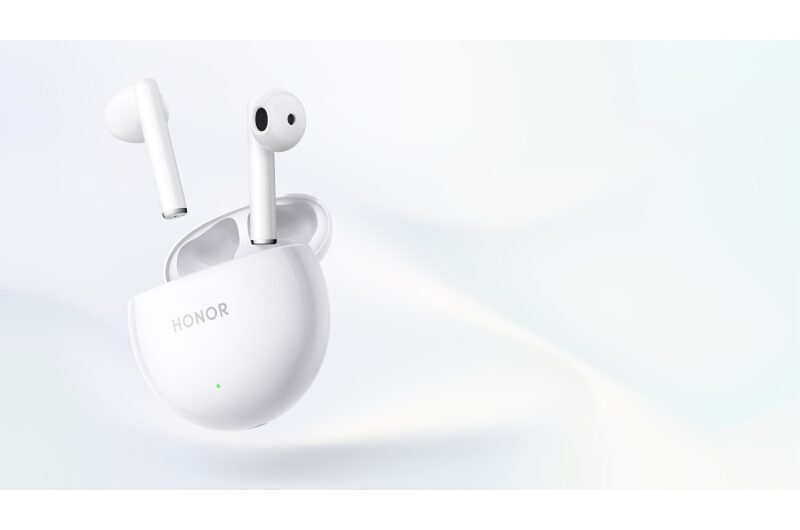With good cause, PFAS are known as “forever chemicals”—man-made substances that can take thousands of years to break down and are present in everything from water-repellent clothes to grease-resistant food packaging. These compounds have also found their way into almost half of the tap water supply in the United States.
Chemists at the New Jersey Institute of Technology have now shown off a novel lab-based technique to find levels of per- and polyfluoroalkyl substances (PFAS) in food packaging materials, water, and soil samples in three minutes or less. This research was published in the Journal of Hazardous Materials.
Researchers claim that their strategy could greatly accelerate efforts to investigate and treat the bioaccumulation of PFAS in the environment. President Biden’s Bipartisan Infrastructure Law includes more than $2 billion in EPA grant funding for states to test their water quality and treat emerging contaminants.
“There are thousands of different species of PFAS, but we’ve yet to understand the extent of their distribution in our environment because the current testing methods are costly and time-consuming, taking hours for sample preparation and analysis in some cases,” said Hao Chen, the study’s corresponding author and NJIT chemistry professor. “What our study demonstrates is a much faster, sensitive and versatile method that can monitor our drinking water, land and consumer products for contamination in minutes.”
Chen and colleagues say the new method—involving an ionization technique for analyzing the molecular composition of sample materials called paper spray mass spectrometry (PS-MS)—is 10–100 times more sensitive than the current standard technique for PFAS testing, liquid chromatography/mass spectrometry.
“PFAS can be ionized and rapidly detected by a high-resolution mass spectrometer, which gives a clear view of each PFAS species present and the degree of contamination down to a parts-per-trillion (ppt) level,” explained Chen.
“For more complex matrices like soil, we’ve applied a related method called desalting paper spray mass spectrometry (DPS-MS) that washes away salts which normally suppress the ion signal of PFAS. Together, they greatly improve our ability to detect these compounds.”
“We detect PFAS to a limit of about 1ppt. This amount has been compared, for context, to a drop of water in twenty Olympic-sized swimming pools “Md. Tanim-Al Hassan, the first author of the paper and a NJIT Ph.D. chemical student, continued.
Through direct analysis of fragments of different food packaging materials, such as microwave popcorn paper, instant noodle boxes, and fry and burger packaging from two international fast food chains, the researchers was able to identify PFAS in tests in under a minute.
Eleven distinct PFAS chemicals were detected in trace amounts, according to the investigation. These included typical forms like PFOA (perfluorooctanoic acid) and PFOS (perfluorooctanesulfonic acid), which have been connected to higher cancer risk and immune system suppression.
During their water examination, the researchers found no evidence of PFAS in samples obtained from the university’s filtered fountain water, but they did identify traces of PFOA in samples of local tap water in less than two minutes.
“The EPA has already proposed to establish maximum contamination levels (MCLs) for six PFAS in drinking water nationwide, and PFOA and PFOS are among them,” said Mengyan Li, study co-author and NJIT associate professor of environmental sciences. “This analytical method could facilitate more intensive screenings for toxic PFAS that may be needed under such a proposal to protect the safety of our water supply.”
The team also found two PFAS species using DPS-MS, finding them in less than three minutes from as little as 40 mg of soil.
The team’s quick detection approach is currently being evaluated in tandem with state-of-the-art PFAS remediation solutions being developed at NJIT’s BioSMART Center.
Study co-author and chair of NJIT’s Department of Chemistry and Environmental Sciences Wunmi Sadik said, “Remarkably, in our lab we were able to couple this analytical method to a novel degradation catalyst, which degrades 98.7% of PFAS in drinking water samples within three hours.”
“This work may have a national impact, but the immediate effect will be felt in the Northeast area. Roughly 10% of 9.2 million New Jerseyans have high levels of perfluorooctanoic acid in their drinking water compared to the national average of 1.9%.”
According to Chen, the development may potentially have an immediate effect on the monitoring of consumer goods, including fresh and processed meals, medications, and cosmetics. The group also intends to show off the method’s ability to monitor air quality.
“Near term, this could be extremely useful for ensuring the safety of food products … it may allow farming produce to be more efficiently monitored for PFAS contamination for example,” explained Chen. “Our method may also advance the study of airborne PFAS in a similar way to what we’ve demonstrated in this study, which would further help us address this widespread environmental issue.”
Topics #Chemicals











